Walking Frame Support for Mobility and Independence
Discover the best walking frames for safe and stable mobility. Learn how to choose, fold, and use the right frame walking device for your needs.
Summary
A walking frame also known as a Zimmer frame or mobility frame—is a vital mobility aid for individuals who need additional support with balance or walking. Whether recovering from surgery, managing a chronic condition, or ageing gracefully, a walking frame allows people to move more confidently and safely. This guide covers types of walking frames, key features, proper usage, and where to buy walking frames in Australia, including tips on folding and storage.
What Is a Walking Frame?
A walking frame is a lightweight but sturdy device used to assist individuals who have difficulty walking or maintaining balance. The frame is typically made from aluminium and features four legs with rubber ferrules for stability. Some models include wheels, seats, or accessories to support various needs.Also known as a Zimmer frame or mobility walking frame, it provides a wider base of support than a cane, reducing the likelihood of falls. Walking with a frame is recommended for:
- Older adults with reduced mobility
- Patients recovering from hip or knee surgery
- People with neurological conditions such as Parkinson’s or multiple sclerosis
- Anyone with compromised lower limb strength or balance
The term walking frame or frame walking is used interchangeably with Zimmer frame walker or walking frame Zimmer in different parts of Australia and the UK.
How to Use a Walking Frame Safely
Proper technique is essential for ensuring stability and avoiding falls. Here's how to use a walking frame effectively:
1. Walking with a Frame
- Position the frame one step ahead while standing upright
- Step forward with your weaker leg first
- Follow with your stronger leg, keeping hands on the grips
- Move slowly and avoid leaning too far forward
2. Using on Stairs
Standard walking frames are not designed for stairs. If stairs are unavoidable, consult a physiotherapist about alternatives like stair lifts or home modifications.
3. How to Fold a Walking Frame
- Locate the release mechanism (usually a button or latch)
- Press or pull to collapse the frame
- Secure the folded frame for transport or storage
- Always follow manufacturer instructions to avoid damage
Tip: If unsure, ask a mobility specialist or health professional to demonstrate correct use.
Benefits of Using a Walking Frame
Walking frames offer both physical and psychological benefits for users:
1. Improved Balance and Confidence
A mobility walking frame helps users feel more secure when walking, especially on smooth surfaces like tiles or uneven outdoor terrain.
2. Enhanced Independence
Walking with a frame allows individuals to perform daily activities (e.g., shopping, cooking, gardening) with reduced reliance on carers or family members.
3. Reduced Risk of Falls
By offering a stable structure to lean on, walking frames help minimise the risk of tripping, especially for users with vision issues or muscle weakness.
4. Posture and Strength Support
The correct walking posture reduces stress on the lower back and joints. Over time, users may even regain strength and coordination.
5. Psychological Wellbeing
Being mobile contributes to better mental health. Users report improved mood, motivation, and self-esteem when using walking frames to remain active.
Frequently Asked Questions
What is a walking frame used for?
A walking frame supports individuals who have trouble with balance, strength, or endurance. It helps reduce the risk of falls and promotes independence.
How to fold a walking frame?
Most folding walking frames include a central hinge or button-release system. Simply press or pull the release and fold the frame inward. Consult your user manual or supplier for model-specific guidance.
Is a Zimmer frame the same as a walking frame?
Yes. In Australia and the UK, the terms Zimmer frame and walking frame are used interchangeably. Zimmer is a popular brand that became synonymous with the product type.
Can walking frames be used outdoors?
Yes. Choose a wheeled model with a wider base and sturdy tyres. For smoother rides, select one with soft rubber wheels and a built-in seat for rest breaks.
How do I know if I need a walking frame?
If you feel unsteady while walking, tire quickly, or are recovering from surgery, you may benefit from a walking frame. Speak to a physiotherapist for personalised advice.
Featured Products
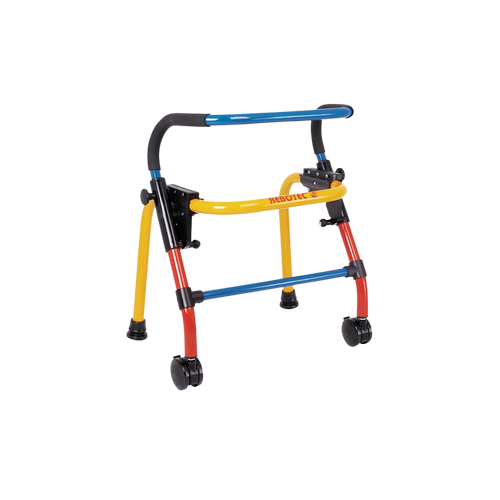
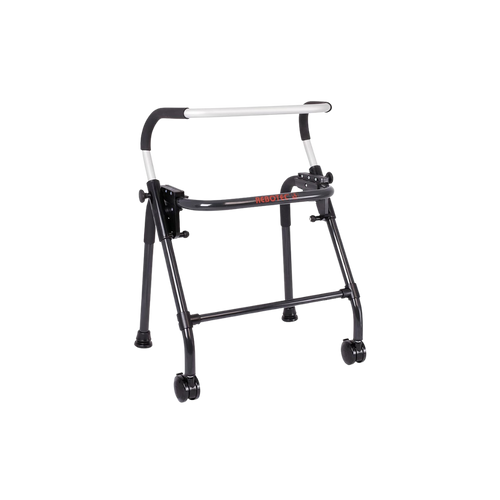
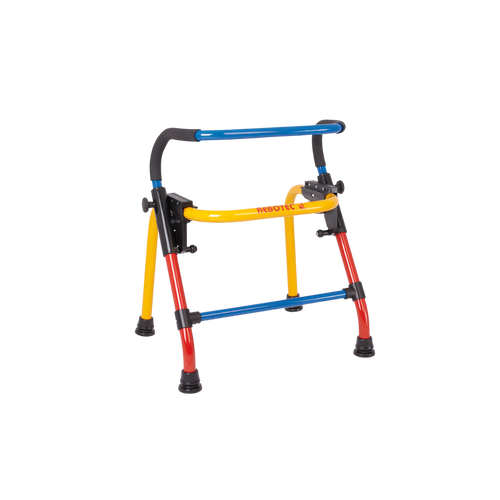
Types of Walking Frames
Choosing the right type of walking frame depends on your mobility level, environment, and physical condition. Below are the most commonly available models:
-
1. Standard Walking Frame (Pick-Up Frame)
- No wheels; user lifts and places frame as they walk
- Maximum stability
- Suitable for indoor use and short distances
-
2. Front-Wheeled Walking Frame
- Two front wheels and two rear stoppers
- Easier to manoeuvre, less lifting required
- Best for users with limited upper body strength
-
3. Four-Wheeled Zimmer Frame (Rollator Frame)
- Includes brakes and a built-in seat
- Excellent for outdoor use and long distances
- May include basket or tray for storage
-
4. Folding Walking Frame
- Can be folded flat for storage or travel
- Popular for hospital discharge patients or temporary recovery use
- Easy to fit in car boots or cupboards
-
5. Narrow Walking Frames
- Slimmer design for tight spaces (e.g., doorways, hallways)
- Ideal for small homes or assisted living facilities
Features to Consider When Choosing
When selecting a walking frame, consider the following factors to ensure the best fit:
A. Height and Adjustability
A walking frame should allow the user to stand upright with elbows slightly bent. Most models feature adjustable leg height to suit different user statures.
B. Weight and Portability
Lightweight aluminium is standard and ensures ease of lifting. Folding models are best for storage and transport.
C. Grip and Handle Design
- Ergonomic, non-slip grips enhance comfort
- Foam or rubber handles reduce joint pressure
- Some frames offer forearm rests for additional upper-body support
D. Wheels and Brakes
- Two-wheel frames are easier to push than pick-up frames
- Four-wheel Zimmer frame walkers offer brake systems for added control
- Non-slip rubber ferrules prevent skidding on tiles or timber flooring
E. Accessories
Add-ons may include:
- Trays or baskets
- Seats
- Bags or pouches
- Ski glides for smoother indoor movement
Conclusion
A walking frame is a practical and empowering tool for anyone facing temporary or permanent mobility challenges. From basic pick-up designs to advanced wheeled and folding models, walking frames cater to a variety of lifestyles and mobility needs. Whether you’re recovering from surgery, managing age-related conditions, or supporting a loved one, choosing the right walking frame ensures safer, more confident movement.
Walk with stability. Walk with strength. Walk with a frame that supports you every step of the way.
Ready to improve your mobility and confidence?
Browse our wide selection of walking frames, including Zimmer frame walker models, folding units, and wheeled frames suitable for indoor and outdoor use.
📞 Call 1300 615 193 or order online at our website.
A walking frame provides stable, reliable support for people who need extra balance and confidence while walking. This collection includes practical walking frames designed for indoor and outdoor use, helping users move safely during recovery, ageing, or long-term mobility support.
What this collection includes:
• Standard pick-up walking frames for maximum stability
• Wheeled walking frames with front rollers for easier movement
• Folding walking frames for transport and storage
• Lightweight aluminium walking frames with adjustable height
• Adult and paediatric walking frame options
• Walking frames compatible with trays, seats, and baskets
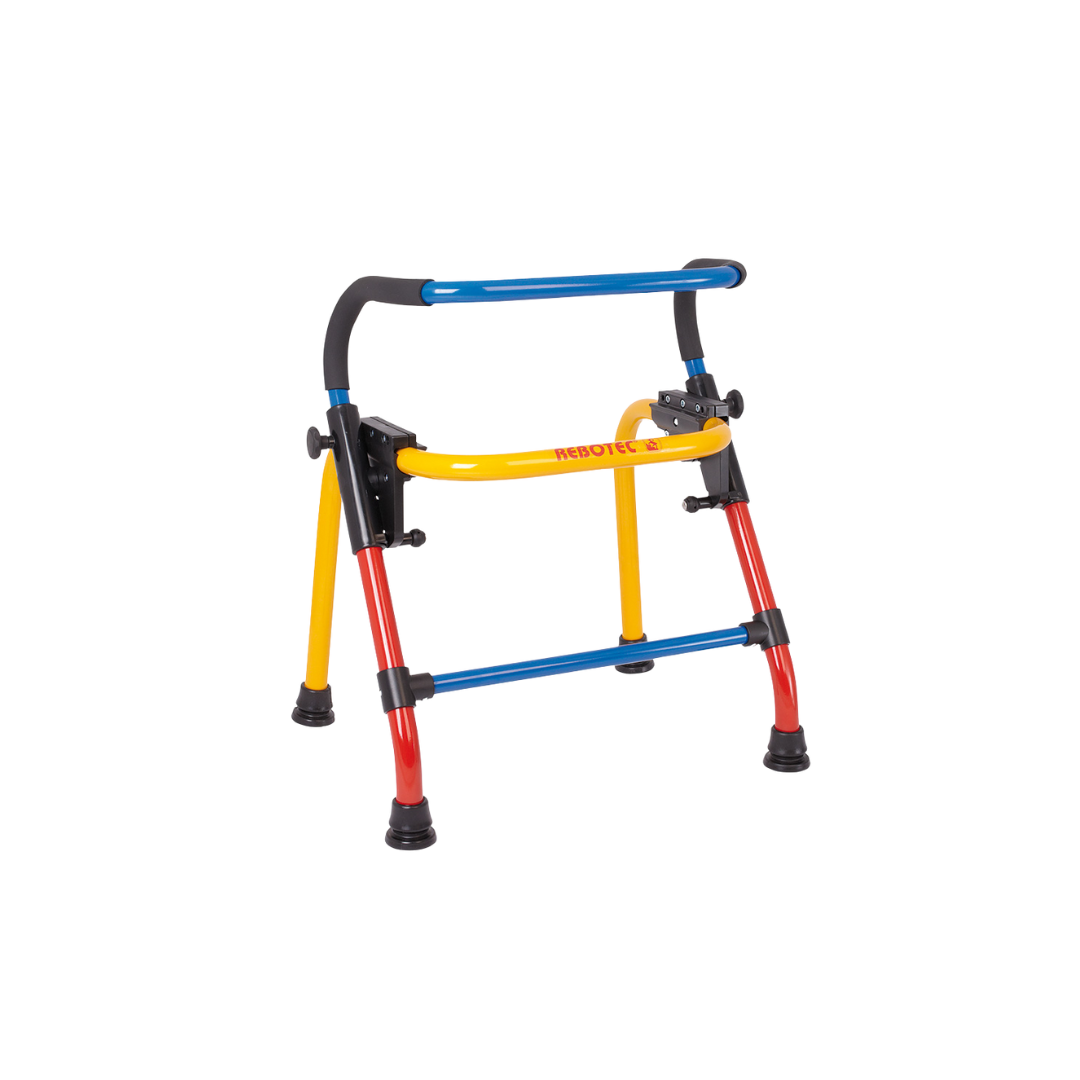

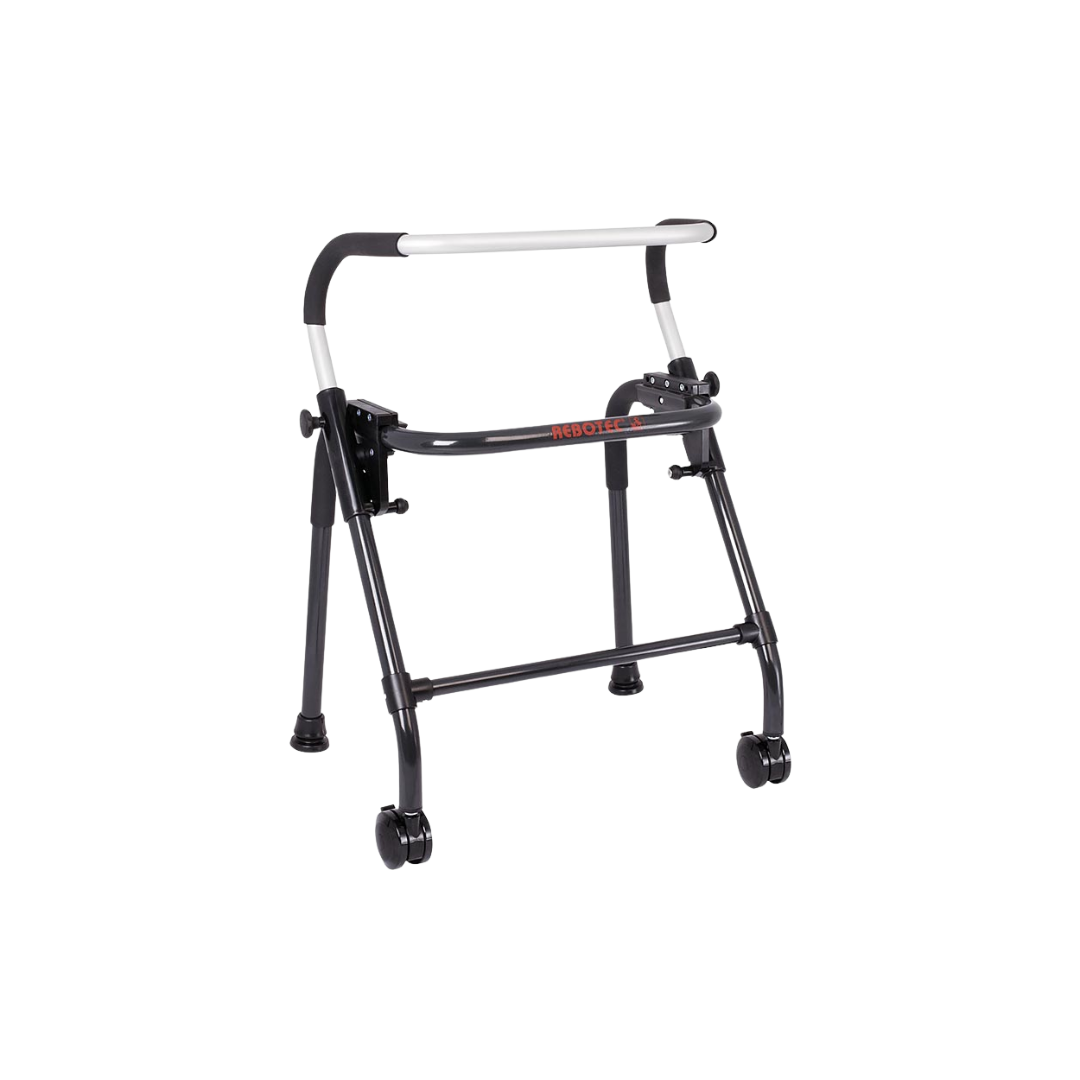
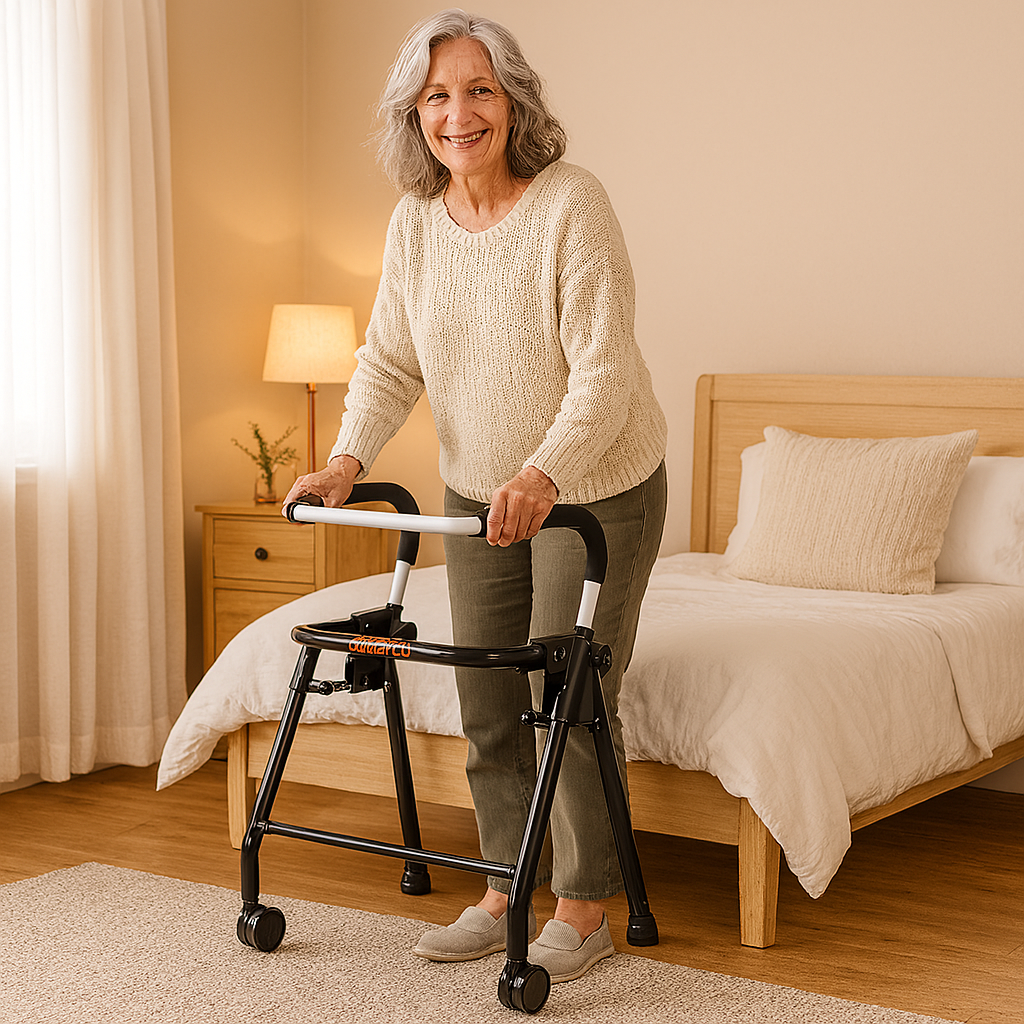
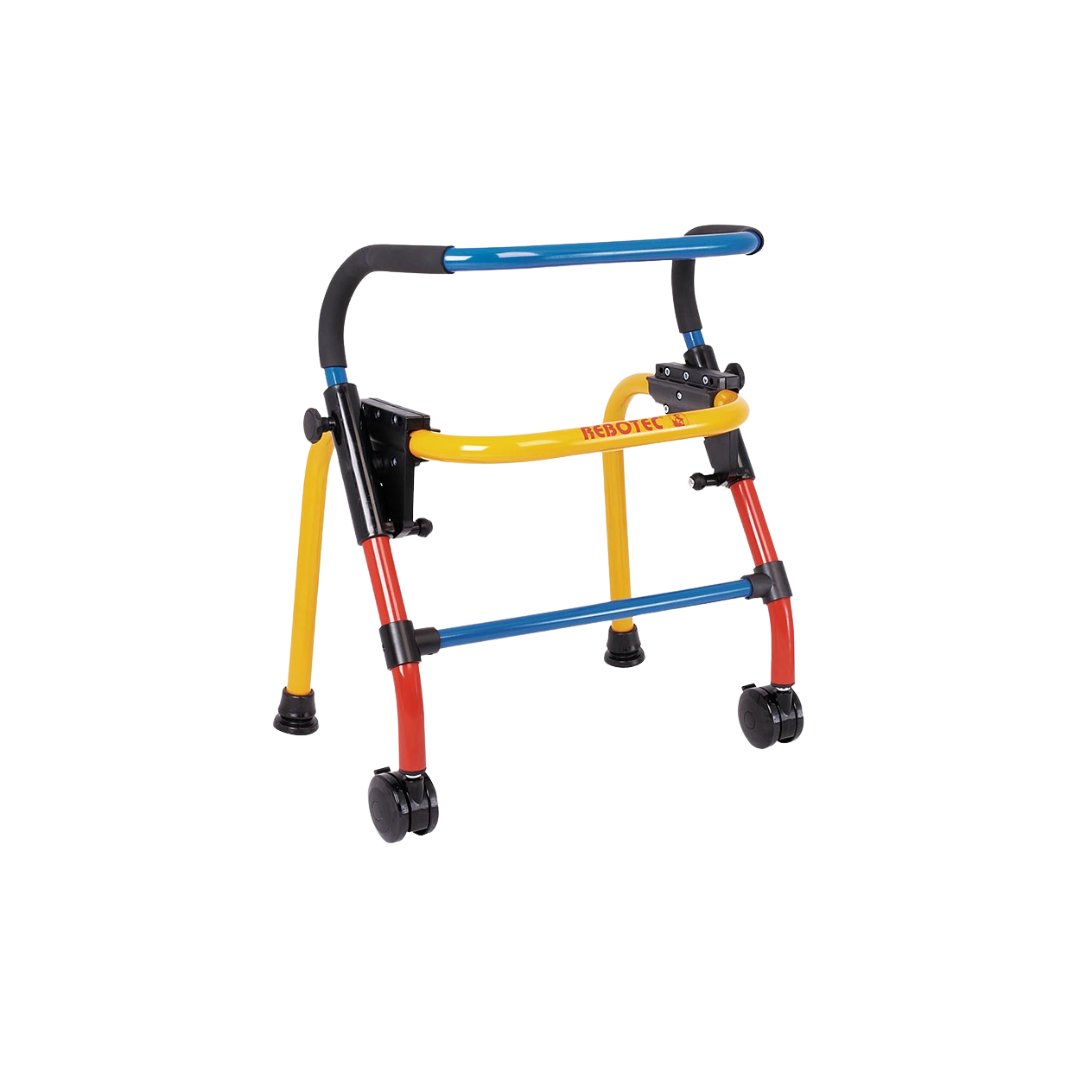
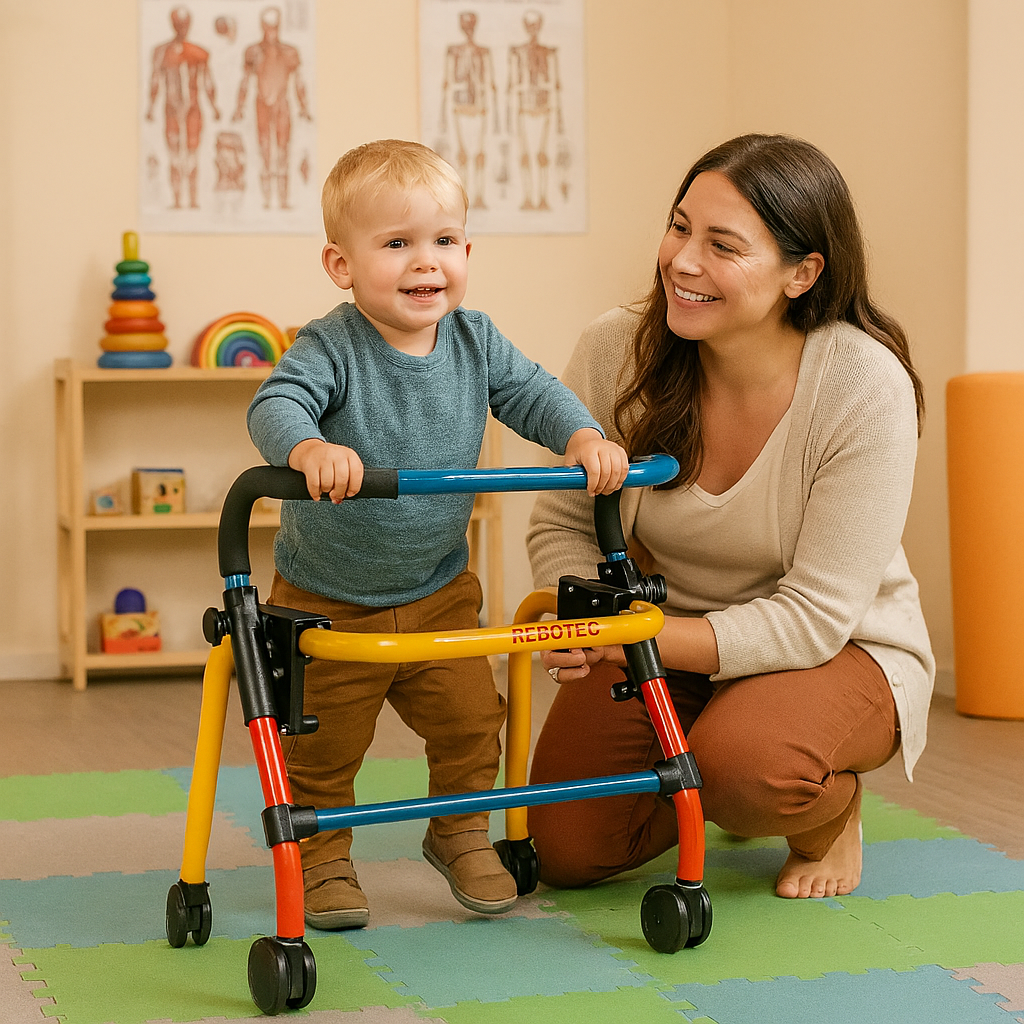
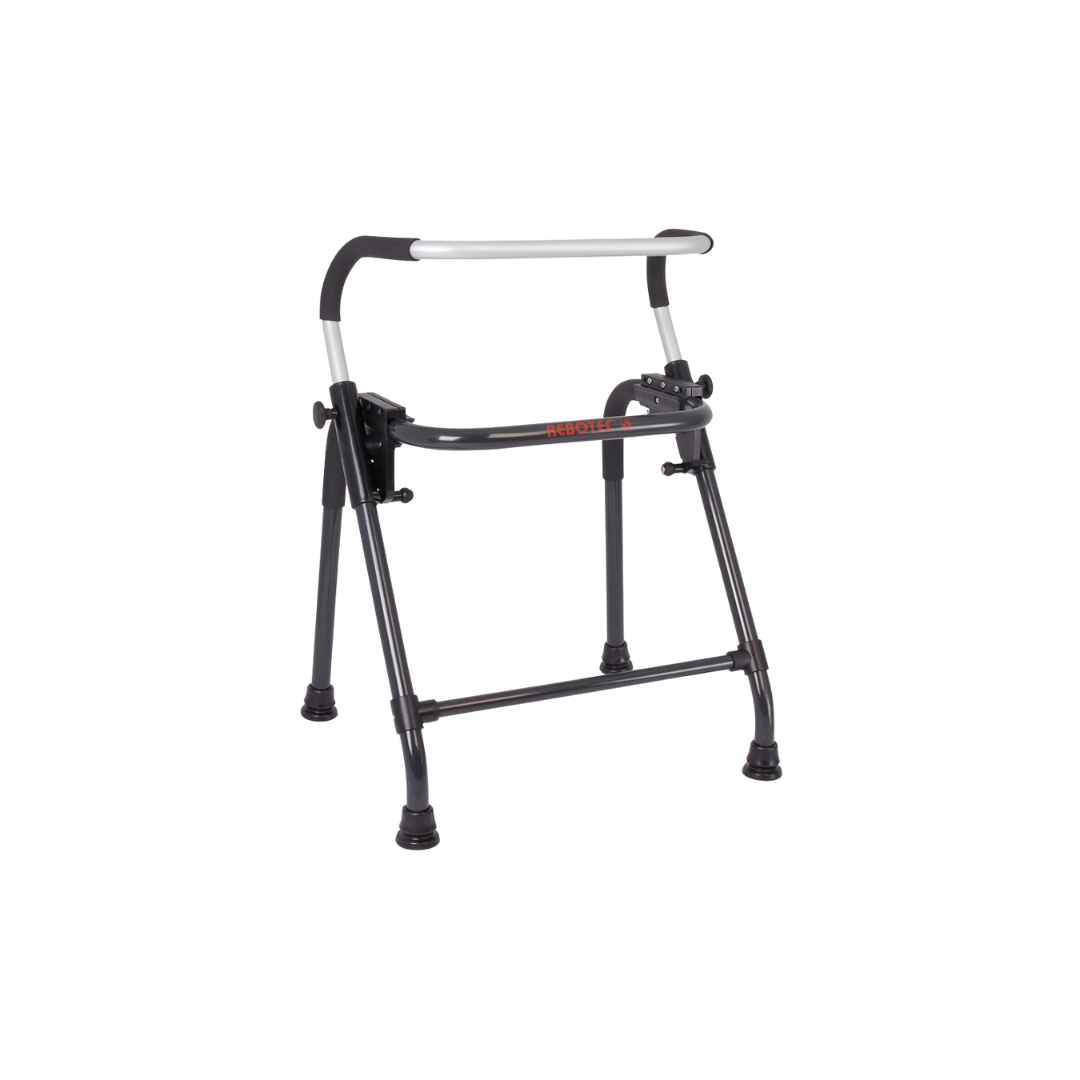

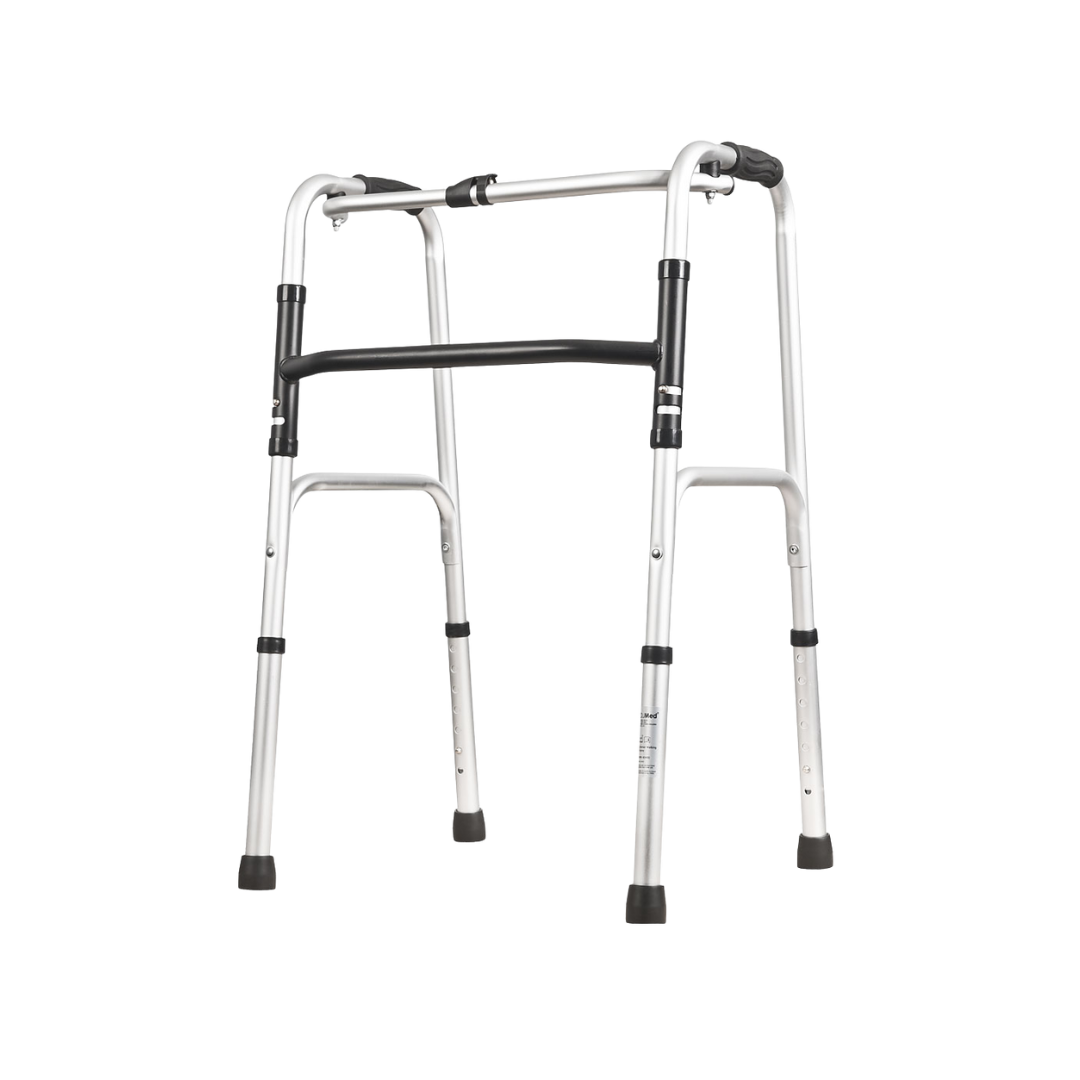
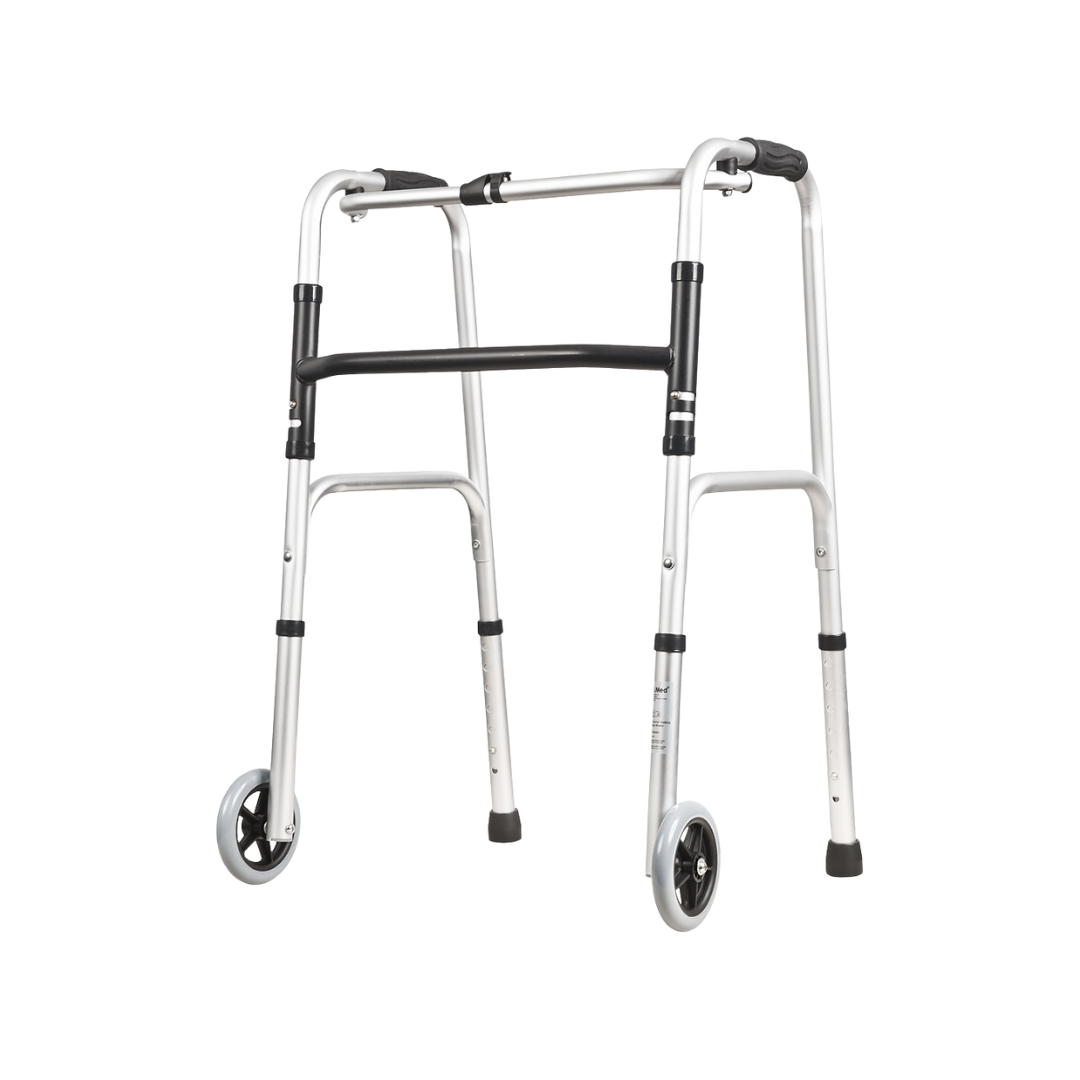
Recently viewed
FAQs
A walking frame is ideal for people with balance issues, post-surgery recovery needs, or reduced strength who need more support than a cane.
Yes. Zimmer frame and walking frame are interchangeable terms commonly used in Australia and the UK.
Yes. Walking frames may be funded through NDIS or My Aged Care when recommended by a health professional.
Yes. Wheeled walking frames are suitable for outdoor paths, while standard pick-up frames are best for indoor surfaces.
